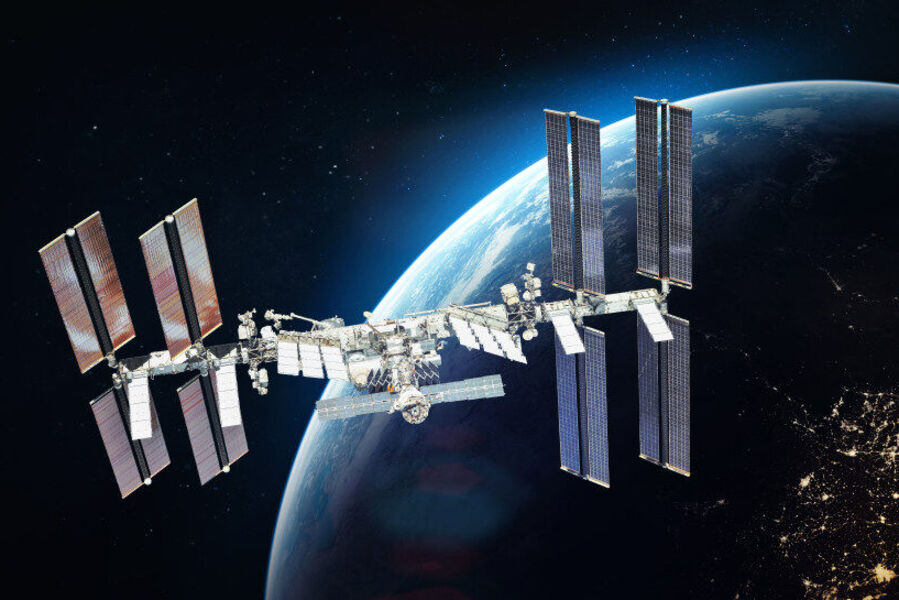The Future of the ISS: Plans for Deorbiting
The International Space Station (ISS) has been humanity’s outpost in low Earth orbit since 1998, serving as a hub for scientific research, international collaboration, and the advancement of space technology. However, with aging infrastructure and the increasing cost of maintenance, NASA and its partners have decided to deorbit the ISS by 2030. Yet, Elon Musk has suggested that this process should take place even sooner, sparking discussions about the timeline and what will come next for space exploration.
Why is the ISS Being Deorbited?
The ISS was never meant to last indefinitely. Originally designed for a 15-year mission, it has already exceeded its expected lifespan, thanks to extensive upgrades and repairs. However, as it continues to age, maintaining its structural integrity and systems becomes more difficult and costly.
There are several key reasons for deorbiting the ISS:
- Structural Wear and Tear: Exposure to micrometeoroid impacts, radiation, and thermal stress has gradually weakened the station’s hardware, increasing the risk of malfunctions.
- High Operational Costs: The cost of maintaining the ISS is estimated to be over $3 billion per year, which NASA and its partners would rather allocate to next-generation space projects.
- Transition to Commercial Space Stations: NASA is focusing on commercial space stations as the future of low Earth orbit research, allowing private companies to take over operations while the agency shifts resources toward the Artemis program and Mars exploration.
Elon Musk's Suggests Earlier Deorbit
SpaceX CEO Elon Musk has suggested that the ISS should be deorbited sooner than 2030, arguing that its increasing maintenance challenges pose potential safety risks. While NASA remains committed to its 2030 timeline, Musk’s proposal raises questions about whether an earlier transition could accelerate the development of private space stations and free up funding for deep-space missions.
Musk’s company, SpaceX, has already played a pivotal role in supplying the ISS with cargo and crew transport through its Dragon spacecraft. If the deorbiting timeline were to be moved up, SpaceX and other commercial providers could expand their role in developing new orbital platforms sooner than expected.
How Will the ISS Be Deorbited?
NASA has outlined a detailed deorbiting plan to safely bring the ISS down in a controlled manner, minimizing risks to populated areas. Here’s how the process will unfold:
- Gradual Lowering of Altitude: Over several months, thrusters on the ISS, along with assistance from docked spacecraft, will gradually reduce its orbit.
- Final Deorbit Burn: A controlled deorbit burn will be conducted to ensure the station re-enters Earth’s atmosphere at the right angle.
- Breakup Over the Ocean: The ISS will burn up upon reentry, with any surviving debris falling into the South Pacific Ocean Uninhabited Area (SPOUA), also known as Point Nemo, far from populated regions.
NASA is currently working with international partners and private space companies to finalize the exact logistics and safety measures for this operation.
What are the Next Steps?
The decommissioning of the ISS marks the beginning of a new era in space exploration. Here’s what’s on the horizon:
- Commercial Space Stations: NASA is funding private companies, such as Blue Origin, Axiom Space, and Northrop Grumman, to develop the next generation of privately operated space stations for research and tourism.
- Artemis Program & Lunar Gateway: NASA is shifting its focus to the Moon and Mars, with the Lunar Gateway serving as a new orbital outpost around the Moon to support long-duration deep-space missions.
- Expanding Space Tourism: Companies like SpaceX and Blue Origin are actively developing commercial spaceflight opportunities, which could soon allow more civilians to experience space firsthand.
Living in the Space Coast: The Heart of Space Exploration
For residents of the Space Coast in Brevard County, Florida, being at the center of space history is an everyday reality. Kennedy Space Center has played a key role in every major U.S. space mission, from the Apollo Moon landings to today’s SpaceX and Artemis launches. Watching rockets soar into the sky has become a regular spectacle, reinforcing why this region remains the launch capital of the world. With future missions to the Moon, Mars, and beyond, there has never been a more exciting time to live on the Space Coast!
